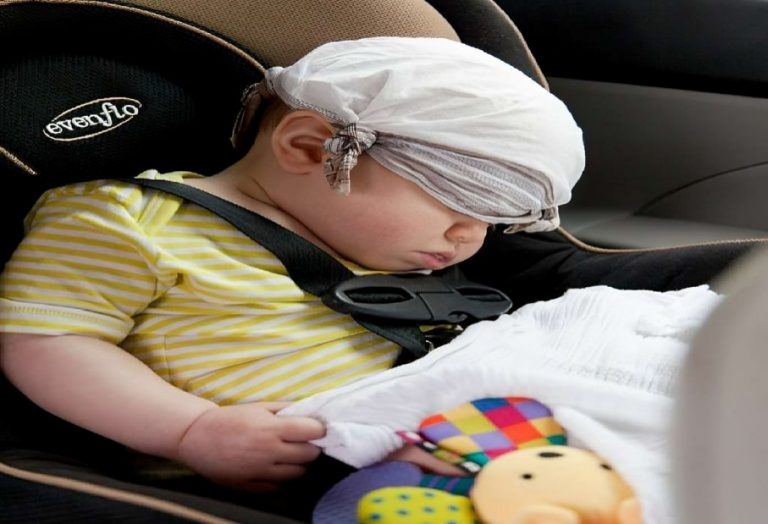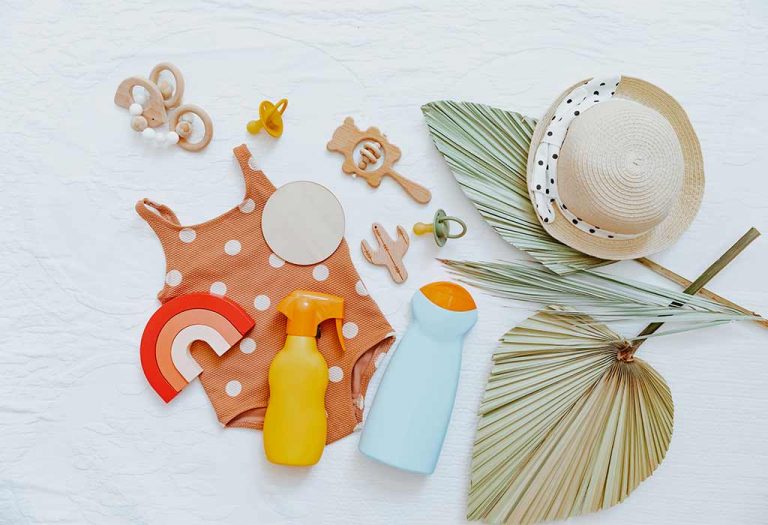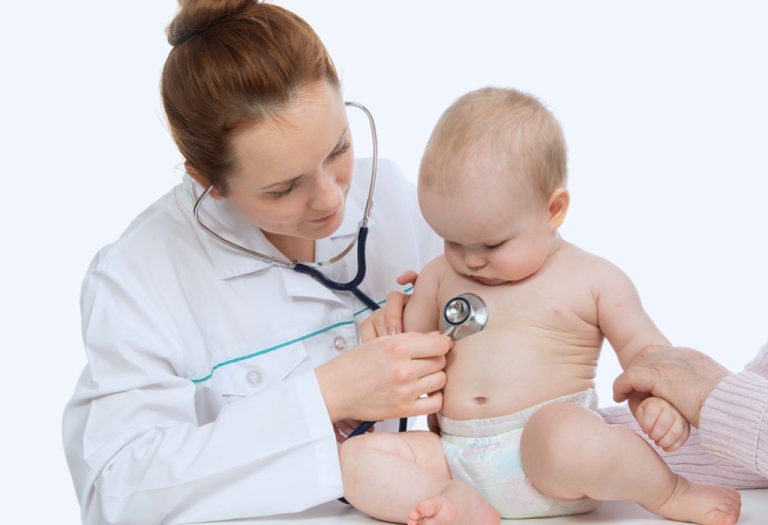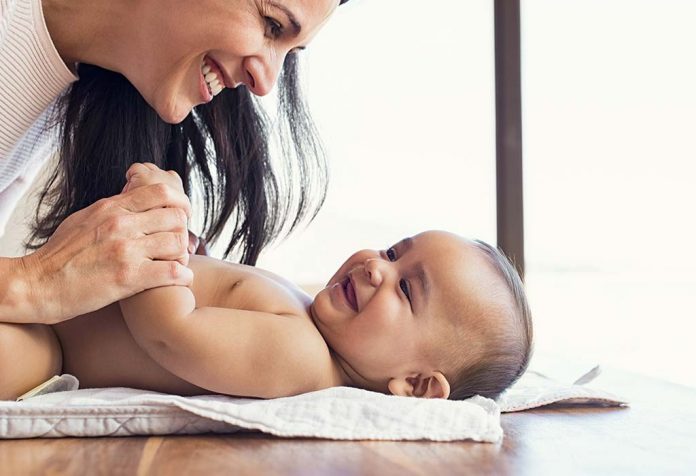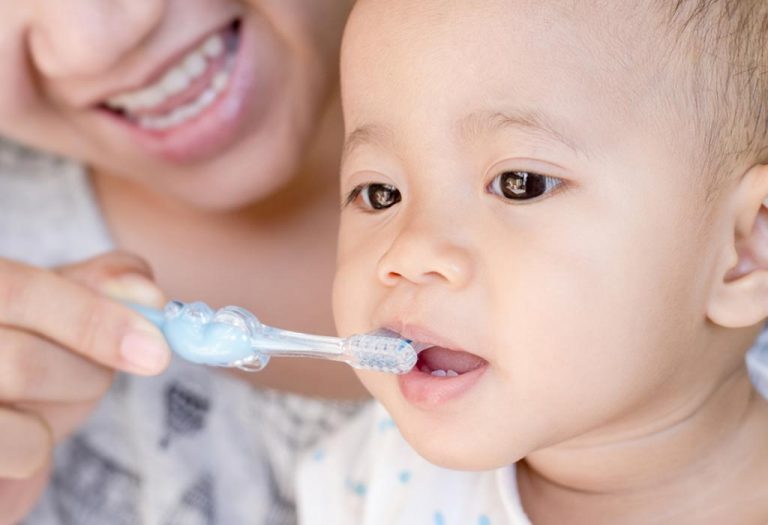Types of Car Seats by Age: A Guide to Choosing the Right One
Parents must use a child car seat and other restraints as childproofing measures while travelling with the little ones. Using child safety equipment will ensure that infants and toddlers are protected and secured inside a vehicle. Here is a mini guide to types of child restraints and how to choose the right one.
A child restraint is a device, such as a car seat or booster seat with a seat belt, used to control and protect a child travelling in a motor vehicle. Some safety seats offer an all-in-one key, with the seat being converted as your child grows, whereas a few others require buying new seats every time the child ages. There are usually three types of child car seats and restraints used for the travel safety of infants and toddlers. You can choose from the types of car seats by age available and pick the most suitable one for your kiddo.
Different Types of Car Seats
There are a variety of child safety seats to accommodate a growing child’s needs. Here are some commonly chosen types of infant car seats (1):
1. Rearward Facing Child Restraint (Infant Seats)
Infant seats are used for children from birth till one year or those who have surpassed 10 kg in weight or measure more than 50 cm in height. A rearward-facing car seat is designed for a car with a rear row because this is the position which can safely support and protect the developing head and neck muscles of an infant. Moreover, since these seats are shaped like a basket along with an easy-to-carry handle, an infant can be lifted along with the seat from the car without disturbing him or her, and can be taken along while walking too. A few varieties also function as rockers or chairs, or can be easily converted to a forward-facing restraint when the child outgrows this stage.
2. Forward Facing Child Restraint (Toddler Seats)
As the baby gets more than a year old or weighs more than 20 pounds, he/she should be transitioned to a forward-facing child restraint, commonly known as a toddler seat. In this child safety equipment, a child stays protected from the risk of being thrown forward in the car. This is because a forward-facing child restraint comes with a durable and sturdy three-point strap design that also has belts which can be adjusted to accommodate and comfortably secure the position of the toddler. An important safety feature of a toddler seat is the heavy padding that cushions a child’s neck against injuries caused by car crashes, collisions, bumps or sudden brakes. When you are buying a toddler seat, you can opt for the one which can be converted into a booster seat as the child crosses the toddler stage.
3. Booster Seats
Booster seats are the ideal child restraints for children who are 3 years and above or those who haven’t yet reached the adult height. These seats do not have any harness system; rather, they can be latched directly to the car’s seatbelt. They raise the child’s height in such a way that the cross belt of the adult car seat does not friction with the child’s neck. It is usually advisable to keep a child secured in a booster seat while travelling till they are as tall as an average adult.
4. Convertible Child Car Seat
By the name only, we can understand that convertible child car seats can be converted from a rear-facing seat to a forward-facing child safety seat as children get older. The seats start rear-facing and convert to forward-facing. Convertible seats are often bigger than rear-facing only seats. They also don’t have detachable bases or carrying handles.
Some models can accommodate children in the rear-facing position weighing up to 40-50 pounds, making them suitable for larger infants and toddlers. When using a convertible seat in rear-facing mode, make sure that you have made all necessary adjustments for this configuration. Infants or toddlers can be easily secured in the seat with a five-point harness. Many seats feature positioning inserts for use in rear-facing mode.
5. Combination Child Car Seat
The combination car seat can be adjusted as a forward-facing car seat with an inbuilt harness or a booster seat with a lap-sash adult seatbelt. By taking off the harness, the combination seat transitions into a booster seat. These seats are exclusively designed for forward-facing use. Please remember that a child should remain secured in the harness until they meet the maximum height or weight limit set by the manufacturer. The combination seat will include a specified seat belt or lower anchor belt pathway for installation.
6. All-in-One Seat
All-in-one seats offer three different configurations: rear-facing, forward-facing, or as a booster after removing the harness (some are known as 3-in-one seats). When utilised in the rear-facing position, they closely resemble a convertible seat in that same mode.
Choosing the Right Travel Safety Seat
Consider the following points while buying childproofing safety equipment for babies:
- It must be the right size as per the age, height and weight of the child.
- It must be properly adjusted, fastened and correctly fitted to the vehicle.
- Children in the age group of 4-12 months are safest in the rear-facing restraints as long as they still fit in them.
- While buying an infant car seat, make sure that it is well-cushioned, comfortable and provides strong support to the baby’s wobbly head and neck. Ideally, you should first see if the baby fits snugly and safely in the car seat and also whether the seat fits in the back of your car as well.
- If the baby’s head touches the top of the seat, then it means that you need to buy one size bigger.
- It should meet the approved child safety standards as applicable.
Using Safety Seats Properly and Safely
Unfortunately, there are no governing laws regarding child car safety in India. However, here are some tips to follow for correct and safe usage.
- Browse through the instruction manual carefully.
- Secure the baby in a comfortable yet firm position in the car seat.
- Strap the child in such a way that there is a space to insert two fingers between the harness and the baby’s chest.
- All belts should strictly run across the body as mentioned in the manual, or else they can hamper the child’s safety.
- Infant seats should be kept reclined at an angle of 45 degrees.
- Replace the car seat with a new one as soon as it wears out or the child outgrows it.
Things to Remember While Installing a Child Car Seat
When selecting a child car seat for your child, make sure you are well aware of the features, benefits, and important tips to avoid common mistakes:
1. Choosing the Right Spot
The vehicle’s rear end is considered the safest spot to place your child’s car seat, as it is away from airbags. Placing your child’s seat in the front might cause the airbags to inflate, which can hit the rear-facing seat’s back, thereby hitting the child. Also, place your child’s car seat in the rear middle so you can always keep an eye on your child and have quick access to them.
2. Buckling Up Correctly
It is highly important to read the manual of a child car seat carefully and use the harness slots as described. Buckle the straps and the chest clip properly and ensure they fit properly.
3. Reclining the Seat to the Correct Angle
Reclining a car seat is equally important as the placement and buckling. When you install a car seat in a rear-facing position, it should be reclined according to the manufacturer’s guidelines. Infants should always be seated in a semi-reclined position to maintain open airways. Car seats often include angle indicators or adjustment features. Be sure to adjust the angle as your child grows.
4. Do Not Place the Seat in a Forward-facing Position
You may want to switch your child’s car seat to a forward-facing position so you can see them in your vehicle’s rear-view mirror. However, it’s important to resist this temptation. It is advisable for children to remain rear-facing until they reach the height limits specified by the guidelines.
5. Use a Tether Strap for a Forward-facing Seat
Regardless of how the seat is installed, always connect a tether strap to your vehicle’s tether anchor. This enhances your child’s safety by securing the seat in place and minimising movement during an accident.
FAQs
1. Why is a child car seat beneficial?
Car crashes are known to cause many injuries and deaths across the globe, and children seem to be the most susceptible of all. The sole reason for this is that parents generally prefer holding their children in their arms instead of following appropriate childproofing measures while travelling. Adult seat belts aren’t the right child safety equipment as they are not designed to hold infants or toddlers securely. To evade such a situation, child car seats and other restraints are of primary significance.
2. When should children stop using a high-back booster seat?
When your child is over 12 years of age, about 122 cm tall, they can stop using a high-back booster seat.
3. Are backless booster seats for children allowed?
Backless booster seats are allowed for children and have been legal since 1st March 2017. These seats can be used for securing children over 125 cm, weighing above 22 kg.
Ensuring child safety while travelling is the safest and cheapest insurance policy parents can have for their babies.
Also Read:
Tips for Travelling with Children
When Can a Child Use a Booster Seat?
The Right Age for Your Kid to Face Forward in a Car Seat
Tips to Handle Jet Lag with Babies, Toddlers and Kids
Was This Article Helpful?
Parenting is a huge responsibility, for you as a caregiver, but also for us as a parenting content platform. We understand that and take our responsibility of creating credible content seriously. FirstCry Parenting articles are written and published only after extensive research using factually sound references to deliver quality content that is accurate, validated by experts, and completely reliable. To understand how we go about creating content that is credible, read our editorial policy here.





